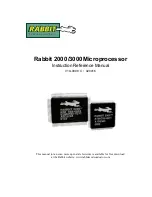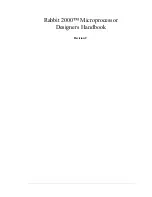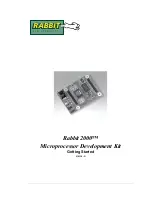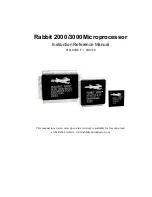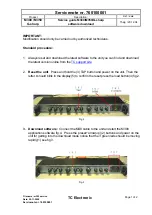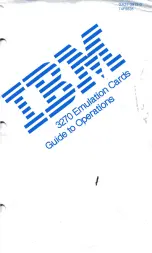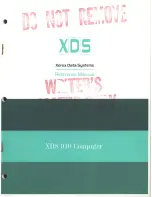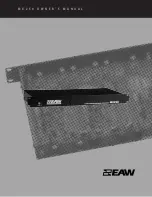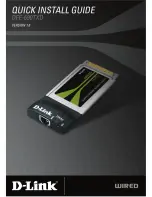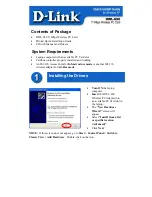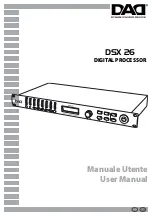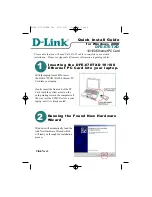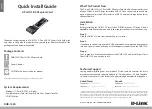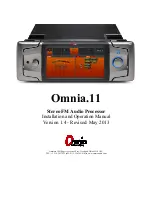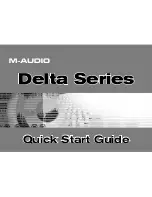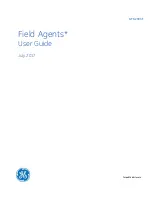
The
PLG150-VL
is a single part plug-in board. It
is part of the Modular Synthesis Plug-in System
(MSPS) an expansion system that adds synth or
signal processing engines to a compatible
synthesizer.
The mothership, or host, is your
synthesizer or module that the plug-in board is
placed in. The Professional Series PLG150 boards
are intended for use in the Motif 6/7/8, S80,
S30, CS6x, and CS6R. Unlike some competing
plug-in boards, which are simply ROM expanders,
the Yamaha PLG series boards are complete
synthesizers or signal processors in themselves.
When placed in a MSPS host, the PLG
boards can be edited with parameters that
offset
values from the originally stored board data. Full
editing can be accomplished with computer
editors.
The VL technology is not based on
sampled data – there are
no samples
in VL
technology. It is based on
physical modeling
.
Therefore many of the conventions concerning it
will be new to some users. Physical modeling is a
technique that uses real time computer
calculations to simulate a real world situation.
Each voice is actually a mathematical
equation
into which you input data. The board’s CPU
calculates a sonic result in real time, as you input
data via the various MIDI controllers. There are
no pre-recorded sounds or traditional tone
generators. The sound is a result of the current
input to the model.
Physical Modeling - Virtual Reality
It should be stated here that performing on VL
technology is going to be a totally new musical
experience for many players. This technology
actually responds in ways that sampled data, or
even analog data, cannot. Physical modeling can
best be explained as a “virtual” experience. This
proprietary physical modeling technology is
designed to accurately represent an acoustic
pipe/string instrument. It is called, S/VA, or Self-
oscillating
Virtual Acoustic
synthesis. This
includes several families of instruments - single
reeds, jet reeds (flutes), lip reeds (brass), and
bowed string instruments. The model has some
extensions that allow it also to mimic plucked
and struck attacks, double reeds, synth leads
and sound effects that are possible no where else
on the planet. In fact, the mathematics can be
used to create new instruments that it would be
physically impossible to construct in the real
world. This Virtual Acoustic
tm
technology was first
available in a keyboard called the VL1. VL is
short for
Virtual Lead
synth – indicating its
monophonic nature, after all it is a detailed
model of the physics involved in a single pipe or
single string in musical motion.
Like a flight simulator is ‘virtually’ flying,
playing a VL trumpet or sax is virtually playing a
trumpet or sax. In an Air Force flight simulator
you are in a room (designed as a cockpit) that
can be moved on hydraulic lifts to simulate the
attitude of the plane at any moment. When you
bank the simulator, the room will tilt
appropriately. The controls are all the levers and
switches you would find in the jet being modeled.
Everything is accurate to the last detail. They can
even thin your air supply so that you experience
high altitudes! In front of the pilot, where the
windshields would be, are computer screens that
show a 3-D model representation of the terrain
you are to fly over or the airport you are to land
at – accurate to the finest detail. They can even
simulate a landing on a moving aircraft carrier.
As you move the controls you are controlling a
unique flight experience. You practice you get
better.
The VL technology can precisely model
the influence of the reed, the lips, the throat, the
air flow, the mouthpiece, the shape of the horn,
the condition of the horn from note to note in a
scenario where the model is of a human blowing
a saxophone or a trumpet. The sound is
generated,
not
by recalling a sampled recording
like in AWM2 sounds. The sound is
not
generated
by filtering a geometric wave into a new
harmonic shape like in analog synthesizers, but
by mathematically recreating the precise shape
of horn, the materials that the horn are
constructed from and the complex interactions
that occur in the acoustic situation. The speed of
air flow within the pipe, the diameter of the pipe,
and the texture and character of the vibrating
element (driver) are all interactive components
involved in the calculation of the resulting sound.
It involves real time number crunching – which
takes place on the DSP chip on the PLF150-VL
board. When you apply a virtual “pressure” (via a
MIDI controller) to the equation, the CPU on the
VL chip calculates how that would influence the
sonic result. This represents when a musician
applies a pressure to the mouthpiece of a
saxophone. You effect the sound of the
instrument through an interactive system where
one parameter is depends on the condition of
another which is dependant on another. You
control things like: pressure (air flow),
embouchure (mouth position), breath noise,
growl, scream, throat formant (influence of the
players lungs and trachea), tonguing (the
momentary deadening of the reed), absorption
(the complex physics at the end of the pipe) and
damping (shape/flare or the pipe). You can
control not only the playing of the horn but, at
times, the shape of the horn itself. This is why
you can get VL trumpets to jump modes with
characteristic trumpet rips, and you can get the












